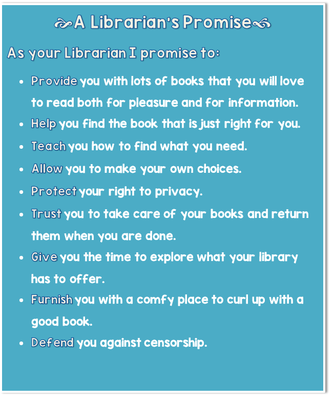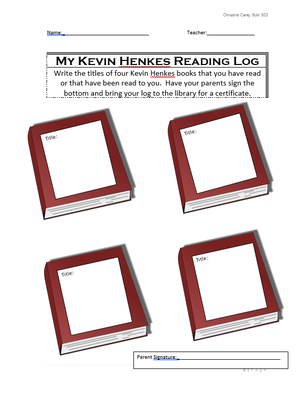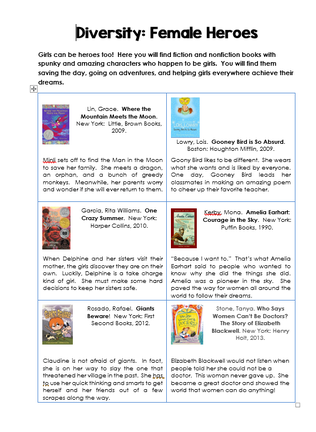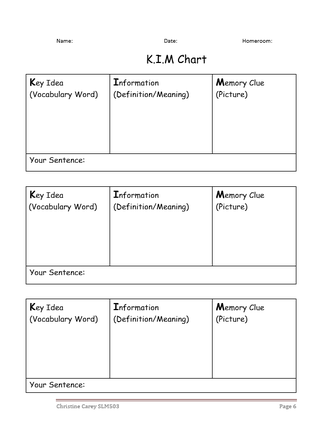Standard 2 - Literacy and Reading
Candidates promote reading for learning, personal growth, and enjoyment. Candidates are aware of major trends in children's and young adult literature and select reading materials in multiple formats to support reading for information, reading for pleasure, and reading for lifelong learning. Candidates use a variety of strategies to reinforce classroom reading instruction to address the diverse needs and interests of all readers.




